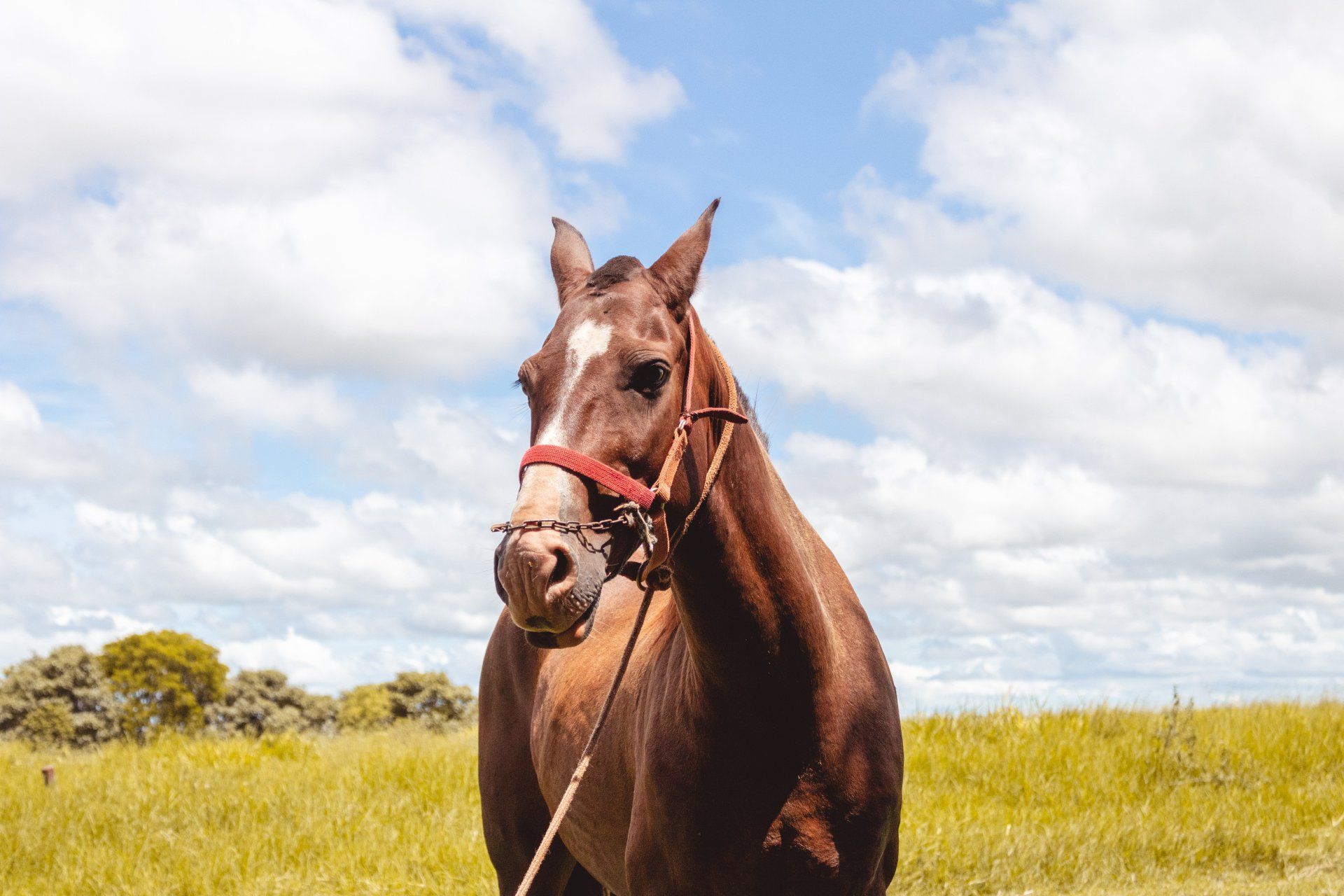Equine Laminitis/ Founder
Laminitis is the medical description of the condition that is commonly referred to as "founder." Technically speaking, laminitis is inflammation of the laminae.
The basics
Laminitis, or founder, is inflammation within the hoof of the horse. It can also occur in cattle, but is much less common. The laminae are a series of soft tissue structures that literally adheres the hoof wall (toenail) to the underlying soft tissue and bones of the foot. When these structures become inflamed, there is tremendous pain. This is the same type of intense pain that occurs if you hit your thumb nail with a hammer and get a bruise under the nail. The pain is so intense because there is nowhere for the swelling to go, since it is trapped beneath the hoof wall. If this condition progresses, the laminae can begin to separate to the point that the hoof wall detaches from the underlying bone. (I like to think of this as the same thing that happens when a zipper bursts.) The bone then begins to rotate away from the hoof wall, or fall at the tip of the bone. Eventually, this bone can penetrate the softer tissues on the sole of the foot. At this point, there is not much that can be done other than humane euthanasia.
Causes
While the cause of an episode of laminitis if often difficult to determine, there are many things that can cause a horse or pony to founder. Grass founder is likely the most famous cause of founder. This occurs in the early spring when grasses are growing rapidly. The sudden exposure to large amounts of fast growing grasses is the main factor. To prevent this, we recommend gradual increases in pasture time throughout the day. You should slowly build the amount of pasture that they eat each day. This should be done slowly over a period of weeks. Another cause of founders is called: "road founder." This is likely due to the excessive forces of the hooves on the pavement. "Foal founder" is another cause of laminitis, which is experienced by horses that have just delivered a foal. Horses that get into large amounts of grain can also founder as a result. There are some metabolic diseases that also can cause laminitis. These include Equine Metabolic Syndrome, Diabetes Mellitus, Cushings Disease and horses that are insulin resistant.
Signs and Symptoms
The main symptom of founder is tenderness of the feet, which shows up as reluctance to walk. The classic horse looks like they are "walking on eggshells." If laminitis affects the front feet only, the horse may "rock back" to relieve the amount of weight that the front feet are bearing. This limits the pressure on the affected feet and limbs. Likewise, if the back legs are the only ones that are affected, the horse may "rock forward." Other signs may include a decreased appetite and laying down.
Treatment
It is important to treat laminitis as early as possible. If treated at the onset of clinical signs, founder can be very treatable and may even resolve. This depends upon the actual reason for the laminitis episode, as well as the level of damage that has already started within the hoof. The basics of treatment are to reduce the inflammation and decrease the pressure as early as possible. This usually requires a series of intravenous (IV) injections. Oftentimes, one of our doctor will give 4 or 5 injections at the initial examination. We typically treat an uncomplicated founder for 3 days. After the three day point, it is time to consider corrective shoeing and radiographs. A lot can be accomplished through getting the right hoof trimming and the proper therapeutic shoes on your foundered horse.












